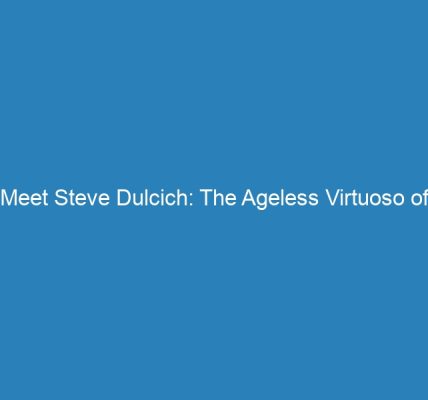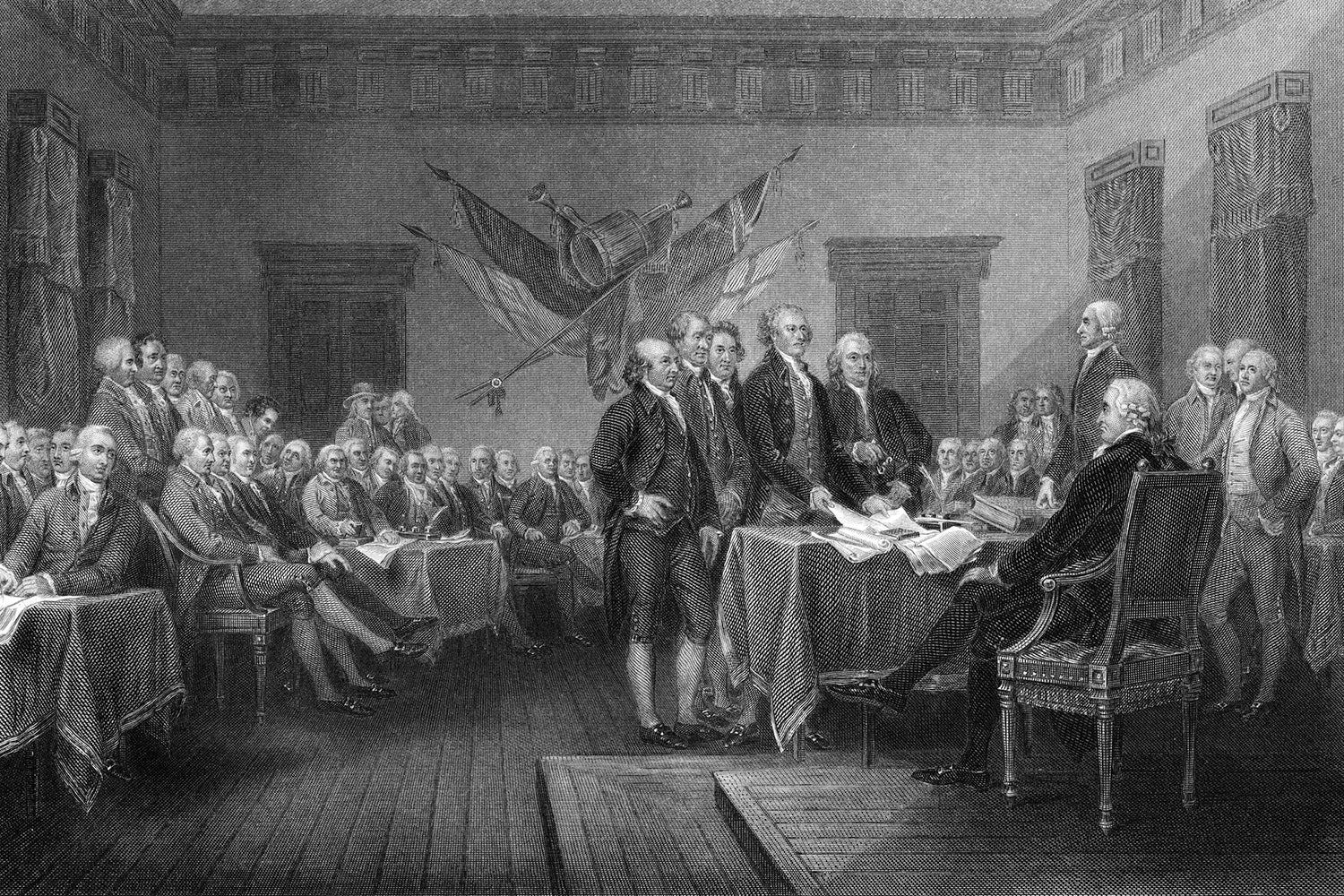Washington DC, the capital of the United States, stands as a beacon of history, culture, and political significance. Steeped in tradition yet pulsating with modernity, this iconic city offers a wealth of experiences for visitors and residents alike. From world-renowned landmarks to vibrant neighborhoods, Washington DC captivates with its rich tapestry of sights and sounds. In this article, we’ll embark on a journey through the heart of the nation and discover the wonders that define Washington DC.
Embracing History and Heritage in Washington DC
Iconic Landmarks and Monuments
Washington DC is home to some of the most iconic landmarks in the world, including the majestic Washington Monument, the awe-inspiring Lincoln Memorial, and the historic Capitol Building. These monuments stand as testaments to the nation’s founding principles and serve as symbols of freedom, democracy, and equality.
Smithsonian Museums and Cultural Institutions
The Smithsonian Institution, often referred to as “America’s attic,” comprises a network of museums and cultural institutions that showcase the nation’s heritage and achievements. From the National Air and Space Museum to the National Museum of American History, these world-class institutions offer unparalleled insights into American history, science, art, and culture.
Immersing in Cultural Diversity and Vibrancy
Diverse Neighborhoods and Communities
Washington DC is a melting pot of cultures and communities, each contributing to the city’s vibrant tapestry of diversity. From the historic streets of Georgetown to the bustling corridors of Chinatown and the eclectic vibe of Adams Morgan, the city’s neighborhoods offer a kaleidoscope of experiences for residents and visitors alike.
Culinary Delights and Gastronomic Adventures
Washington DC’s dining scene reflects its diverse population, with a wide range of culinary offerings to suit every palate. From Michelin-starred restaurants to hole-in-the-wall eateries, the city’s food scene is a melting pot of flavors and cuisines, showcasing the best of American and international fare.
Navigating the Political Heartbeat of the Nation
Capitol Hill and Government Institutions
As the seat of the federal government, Washington DC pulsates with the political heartbeat of the nation. Visitors can explore Capitol Hill, where the United States Congress convenes, and tour government institutions such as the White House, the Supreme Court, and the Library of Congress, gaining insights into the workings of American democracy.
Diplomatic Enclaves and International Influence
Washington DC is also home to a myriad of diplomatic missions and embassies, representing countries from around the world. The city’s diplomatic enclaves, such as Embassy Row along Massachusetts Avenue, offer a glimpse into global diplomacy and international relations.
Of course! Washington, D.C., formally the District of Columbia and often called Washington or D.C., is the capital city of the United States. Located on the east bank of the Potomac River, it borders the states of Maryland to the north and east and Virginia to the south and west.
Here are some key facts about Washington D.C.:
- Population: 712,816 (2020)
- Mayor: Muriel Bowser
- Nicknames: The District, Federal City
- State flower: American Beauty rose
- State bird: Eastern bluebird
Washington D.C. is home to many iconic landmarks, including:
- The United States Capitol: The seat of the U.S. Congress.
- The White House: The official residence and principal workplace of the president of the United States.
- The Supreme Court of the United States: The highest court in the federal judiciary of the United States.
- The Lincoln Memorial: A national memorial dedicated to Abraham Lincoln, the 16th president of the United States.
- The Washington Monument: The tallest obelisk in the world, built in honor of George Washington, the first president of the United States.
- The Smithsonian Institution: A group of museums and research centers focused on history, art, and science.
Washington D.C. is also a vibrant city with a diverse population and a thriving arts and culture scene. There are many things to see and do in the city, including visiting museums, attending concerts and shows, exploring neighborhoods, and enjoying the outdoors.
Here are some of the most popular tourist destinations in Washington D.C.:
- The National Mall: A large, open area filled with many of the city’s most famous monuments and museums.
- Georgetown: A historic neighborhood with cobblestone streets, charming shops, and restaurants.
- Dupont Circle: A lively neighborhood with a mix of restaurants, bars, and shops.
- Eastern Market: A historic market with fresh produce, flowers, and crafts.
If you are planning a trip to Washington D.C., there are a few things to keep in mind. The city is relatively small and walkable, but public transportation is also available. The best time to visit is in the spring or fall, when the weather is mild.
Conclusion: Washington DC Awaits
From its iconic landmarks and cultural institutions to its diverse neighborhoods and political institutions, Washington DC offers a captivating blend of history, culture, and diversity. Whether you’re strolling along the National Mall, savoring culinary delights in Dupont Circle, or exploring the corridors of power on Capitol Hill, Washington DC invites you to immerse yourself in the heart of the nation and experience its timeless allure.
FAQs
- What are some must-visit attractions in Washington DC? Washington DC boasts a multitude of must-visit attractions, including the National Mall, the Smithsonian museums, the Lincoln Memorial, the White House, and the United States Capitol.
- How can I explore Washington DC’s cultural institutions and landmarks on a budget? Many of Washington DC’s museums and attractions offer free admission, including the Smithsonian museums and the National Gallery of Art. Additionally, exploring the city by foot or using public transportation is a cost-effective way to experience its landmarks and neighborhoods.
- What is the best time of year to visit Washington DC? Spring (March to May) and fall (September to November) are considered the best times to visit Washington DC, as the weather is mild and pleasant, and the city is abloom with cherry blossoms in the spring and vibrant foliage in the fall.
- How can I navigate Washington DC’s public transportation system? Washington DC has an extensive public transportation network, including the Metro subway system, buses, and bike-sharing programs. Visitors can purchase fare cards or use mobile payment options to access these services and explore the city conveniently.
- Are there any guided tours available in Washington DC? Yes, Click Here there are numerous guided tours available in Washington DC, covering a wide range of interests, including history, politics, architecture, and food. Visitors can choose from walking tours, bus tours, bike tours, and even segway tours to explore the city’s highlights with knowledgeable guides.
- Can I visit the White House and other government buildings in Washington DC? While tours of the White House are available to the public, they must be requested through a member of Congress well in advance due to security protocols. Many government buildings, including the United States Capitol and the Supreme Court, offer guided tours to visitors.
- What are some family-friendly activities in Washington DC? Washington DC offers numerous family-friendly activities, including visiting the National Zoo, exploring the International Spy Museum, taking a boat tour along the Potomac River, and enjoying picnics in the city’s parks and gardens.
- Is Washington DC safe for tourists? Washington DC is generally safe for tourists, but like any major city, visitors should exercise caution and be aware of their surroundings, especially in crowded tourist areas and at night. It’s advisable to stay informed about local safety advisories and follow common-sense safety precautions.
- Are there any annual events or festivals in Washington DC? Yes, Washington DC hosts a variety of annual events and festivals throughout the year, including the National Cherry Blossom Festival in spring, the Smithsonian Folklife Festival in summer, and the Independence Day celebrations on the National Mall in July.
- How can I stay informed about upcoming events and activities in Washington DC? Stay informed about upcoming events and activities in Washington DC by checking the city’s official tourism website, subscribing to newsletters from local attractions and event organizers, and following social media accounts for timely updates and announcements.
If you want to read more information about Washington DC, its iconic landmarks, cultural events, and travel tips, just visit –> The Insiders Views. Embark on your journey of discovery today and uncover the wonders of Washington DC firsthand!











